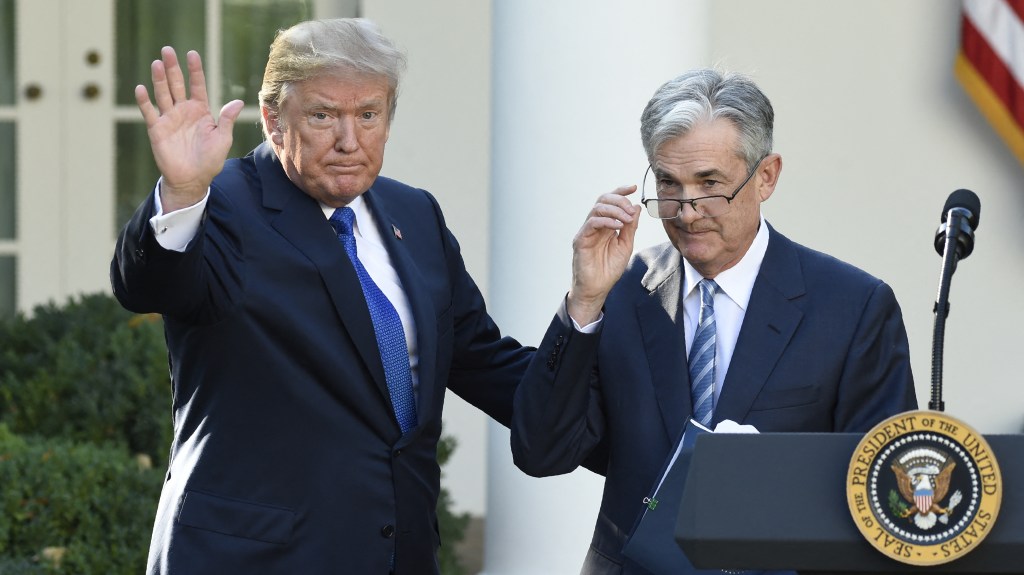Assessing the Tax Implications of National Defense
The United Kingdom is advancing towards a state of “war-fighting readiness,” as articulated by Defence Secretary John Healey, to confront a “new era of threat.” During the recent presentation of the government’s strategic defense review, both Healey and the Prime Minister expressed a clear vision of necessary actions, albeit with less assurance on funding methods.
The militaristic tone of their rhetoric aims to convey seriousness to both Moscow and the electorate. If costs are to be associated with the defense strategies outlined in the review, it could signal an increase in taxes for citizens.
However, achieving this funding will be challenging. Lord (George) Robertson, a former defence secretary and NATO secretary-general, believes that higher defense expenditure acts like a national insurance policy.
The three leaders of the strategic defense review noted that it “is designed to enhance deterrence by restoring our war-fighting capabilities. As the adage goes, ‘If you want peace, prepare for war.'”
Rising Costs of Security
Many people dislike paying for insurance, even when it assures peace of mind, and the expenses related to national defense seem to escalate weekly. If we use 2030 as a reference point, the Office for Budget Responsibility indicates that increasing defense spending from the current 2.3% of GDP to 3% would incur an additional cost of £24 billion per year. A rise to 3.5%, a goal likely to be advocated by NATO, would involve £42 billion more.
A figure of 5% has also been discussed in NATO circles, including by the U.S., which hasn’t been reached in the UK since the mid-1980s. This would result in an extra £95 billion annually. Such a commitment is sure to please the White House, but it would mean surpassing the U.S.’s defense expenditure of 3.4% of GDP in relative terms.
Significant shifts toward higher defense funding have already been observed, including reductions in the overseas aid budget, while the government is set to outline its plan to reach 2.5% of GDP by 2027 in an upcoming spending review. The remainder of the funding journey may not be as clearly defined.
This scenario should not be unexpected; forecasts of rising defense expenditures had been discussed well before recent elections. Consensus among experts pointed to this likelihood.
Robertson’s analogy regarding insurance is apt—spending on deterrence often costs less than engaging in warfare.
Historical Context: Wars and Taxation
Wars impose a heavy toll not only on human lives but also on taxation. Historical patterns are evident from the impact of World War II. In the 1930s, the UK’s tax burden was around 20-25% of GDP. However, by 1948-49, shortly after the war, it had surged to 37.2%. This was the beginning of the modern welfare state.
The war altered the taxation landscape for citizens dramatically. Between the onset of war in 1938-39 and its conclusion, the income tax base expanded from 3.8 million taxpaying families to 14.5 million. The number of individual taxpayers, recorded independently today, numbers over 37 million for the fiscal year 2024-25.
Moreover, taxation rates rose significantly. Before the war, the standard income tax rate was 27.5%, with a higher rate of 41% for incomes over £50,000. By the war’s end, the standard rate had increased to 50%, and the surtax applied to those earning over £20,000 reached 48%, yielding an effective tax rate of 98%. The introduction of PAYE in 1944 further modified the system.
Interestingly, while the UK now has a reputation for lower taxes compared to Europe, this was not the case for many years post-World War II. The UK’s tax burden remained higher than the western European average and that of the G7 until the late 1980s and 1990s, largely due to financing a considerable post-war debt and sustaining military presence.
Determining the Cost of Peace
Returning to the analogy of insurance, the pertinent question is the needed size of this “premium” and how to fund it. Logically, one might suggest rearranging public spending. In the mid-1950s, defense expenditures, as a share of GDP, were nearly three times that of health expenditure, which was below 3%. Now, health spending is quadruple that of defense spending.
However, the realities of politics often complicate such logic. Adjusting defense budgets by cutting health and welfare spending appears straightforward theoretically, yet this government, similar to its predecessor, is committed to increasing health funding and expanding the NHS workforce. Reductions in welfare spending present significant political challenges.
This dilemma leaves the door open for increased taxes, particularly as the overall tax burden is nearing a historical high for peacetime.
Why Not Simply Increase Income Tax?
During a recent discussion, someone posed the question of why the government does not simply raise income tax to address the higher defense costs. This could be framed as a security tax, justifiable under the current global climate.
However, it has been 50 years since a chancellor, Denis Healey of Labour, increased the basic income tax rate. The rate has held steady at 20% since 2008-09, despite increases in other areas. The Conservatives mentioned plans to lower it to 19% three years ago but later rescinded that proposal.
Additionally, the Treasury customarily opposes hypothecated taxes, though it consented to Rishi Sunak’s health and social care levy, which repurposed some national insurance funds.
If the government truly intended to act, each penny increase on the basic income tax would generate approximately £8 billion annually, according to official estimates. A similar increase on the 40% and 45% income brackets could yield around £10 billion. Achieving necessary revenue might require several such adjustments.
Restoring previous cuts to employee national insurance could bring in an additional £20 billion per year, though this would conflict with the government’s manifesto pledges.
Is this scenario likely? It appears uncertain. For the foreseeable future, it seems the defense strategy will be mapped out without clear cost implications, reflecting an increasing insurance premium without a structured funding strategy.
Challenges for the Office for National Statistics
The Office for National Statistics (ONS) is presently facing significant turmoil, particularly regarding errors in its Labour Force Survey. These challenges were recently highlighted in discussions.
The ONS has also disclosed an error in its latest inflation stats, typically viewed as a highly reliable data set. New rates for road tax were implemented in April, but incorrect vehicle data from the Department of Transport led to an overstatement. Thus, consumer price inflation for April should have been 3.4%, not 3.5%, and retail price inflation should be 4.4%, rather than 4.5%.
While a 0.1% difference may seem negligible, it holds considerable significance in the markets’ response to these figures, influencing other prices indexed to the inflation rate and impacting wage negotiations.
Though the error is now in the past, and tradition dictates the original figure will not be amended, it is noteworthy that consumer price inflation will remain recorded at 3.5% for April 2025, despite evidence suggesting a lower rate should have been reported.




Post Comment